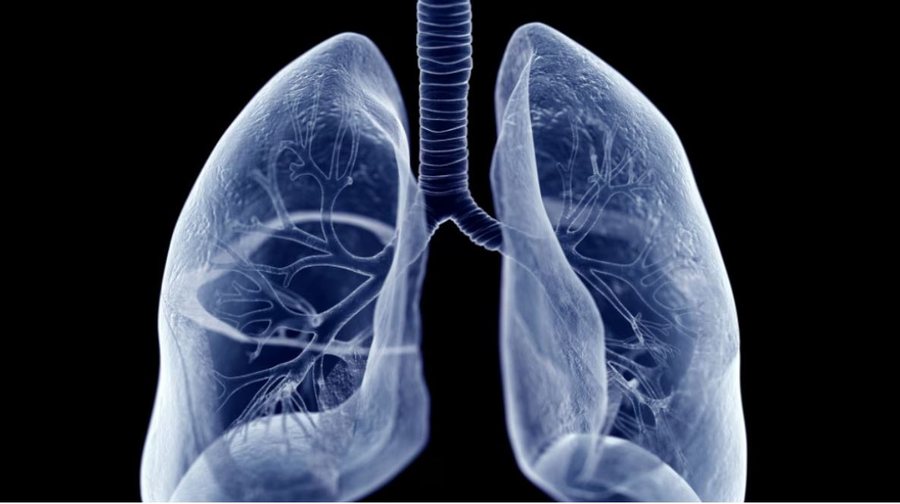
Bone marrow helps supply the human body with blood from the lungs. A study in the scientific journal Blood has shown that the organs responsible for breathing are also responsible for producing basic blood components. This news could have important developments for stem cell transplantation in patients with hematological diseases.
Hematopoietic stem cells are the immature precursor cells of all the blood components: white blood cells, red blood cells, and platelets. For decades, they were thought to be found only in the bone marrow, soft tissue within the cavities of bones (especially long, flat bones), or in umbilical cord blood at birth.
In recent years, it has been discovered that in mice, half of the platelets, the cell fragments that help blood clot, are produced in the lungs. And the rodents' lung stem cells also produce red blood cells, megakaryocytes (the precursors of platelets), and several types of immune cells. In a new study, a team from the University of California-San Francisco has shown that something similar happens in humans.
The team of scientists led by Mark Looney, Professor of Medicine and Laboratory Medicine at the University of California, San Diego, took samples of lung tissue, bone marrow and blood from donors and compared the cells within them. Not only were hematopoietic stem cells found in the lungs very similar to those in the bone marrow, but they were also present in similar quantities. This proves that the lungs are not a “spare tire” in blood production.
The physical arrangement of stem cells in the blood vessels of the lungs also resembles that in the bone marrow.
To see if the lung hematopoietic stem cells were "productive," the scientists allowed them to mature in petri dishes and found that they were just as active as their counterparts, especially in creating red blood cells and megakaryocytes; the bone marrow stem cell colonies were more likely to produce immune cells.
According to the study authors, hematopoietic stem cells in the lungs constitute a reserve that is activated whenever the body needs larger amounts of each blood element.
It is believed that the lungs and bone marrow can send hematopoietic stem cells to each other in case of deficiency in one or the other organ.
When scientists analyzed the cellular signature of stem cells isolated for bone marrow transplants, they found that a fifth of them came from the donor's lungs, not the bone marrow. Now that we know about the existence of these stem cells, the possibility of using them for transplants that could save the lives of patients with blood diseases, such as leukemia, opens up. (A2 Televizion)











